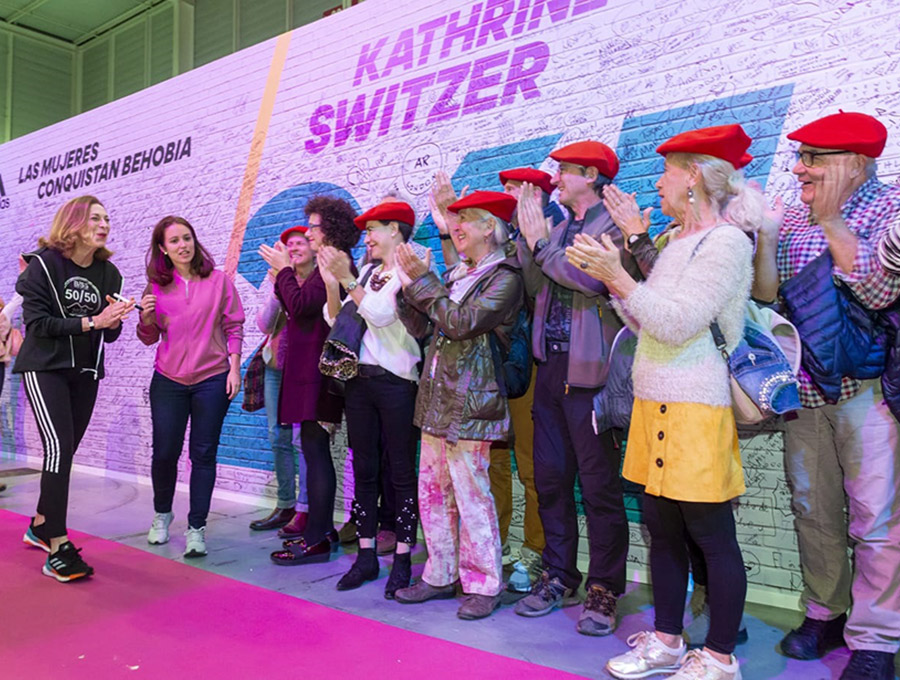
One of them told her to wipe off her lipstick so organizers would not notice her. It was snowing by the time she and her teammates reached the starting line in Hopkinton. Post has been removed or is no longer public. “No dame ever ran the Boston Marathon!” coach Arnie Briggs told her, according to her memoir, “ Marathon Woman.” But if she could run the distance in practice he promised to take her to Boston. Even her coach at Syracuse – where Switzer trained with the men’s cross-country team – told her the distance was too long for “fragile women.”

Nor was there a spot on the entry form to select gender.īut in those days, women rarely participated in professional or competitive sports. As she tells it, there were no official written rules saying only men could enter the race. Unlike Gibb, Switzer managed to score a bib in 1967 by signing up with her initials, K.V. To start, women are welcome in the Boston Marathon and other major races. Plenty has changed in running since 1967, thanks in part to Switzer’s efforts. “The race today was a celebration of the past 50 years the next 50 are going to be even better.” “What happened on the streets of Boston 50 years ago completely changed my life and changed other people’s lives,” she said in a phone interview after the race. But the photo exposed the ugly nature of sexism in sports, thrusting Switzer into the spotlight.

After all, another woman, Roberta Bingay Gibb, had completed the Boston Marathon in 1966 without a bib.

Switzer has said she did not intend to break barriers by entering the race. The 1967 encounter was captured in an iconic photo that turned Switzer into a hero and launched her career as an advocate for women in sports. Kathrine Switzer finishes the Boston Marathon on Monday.


 0 kommentar(er)
0 kommentar(er)
